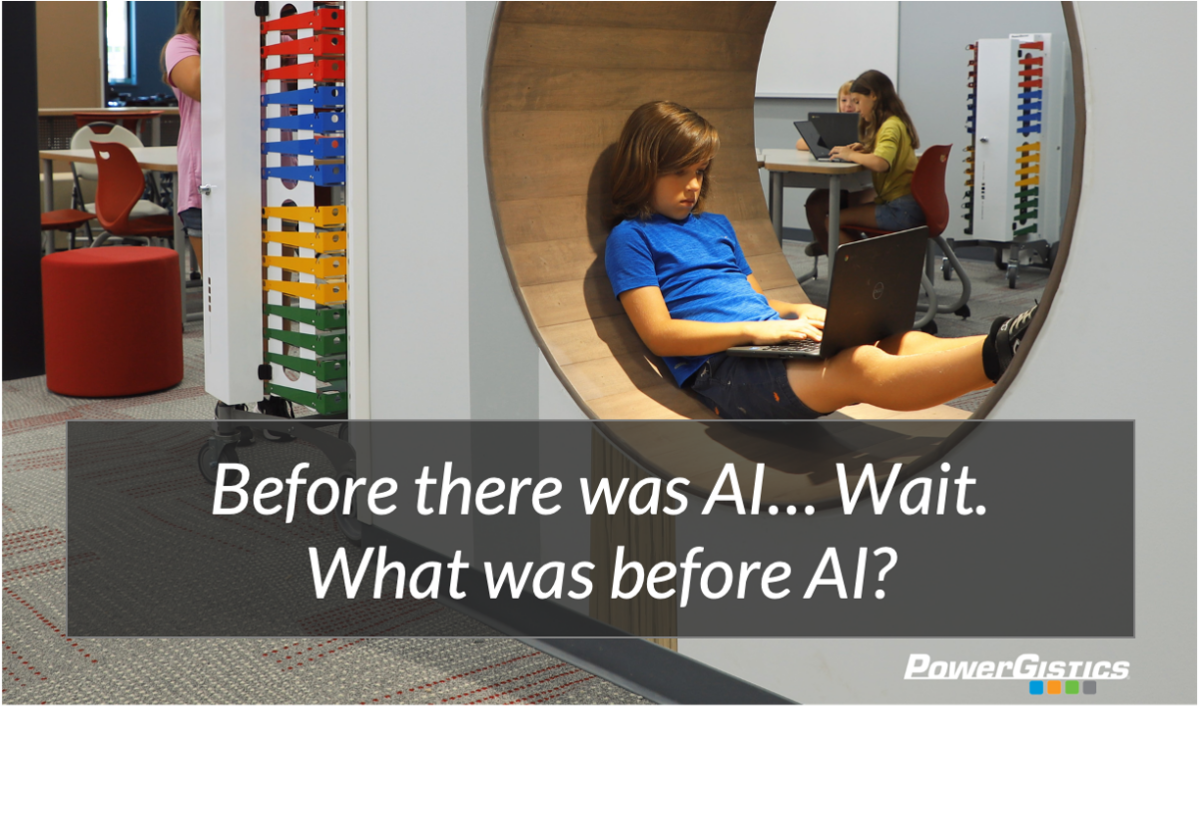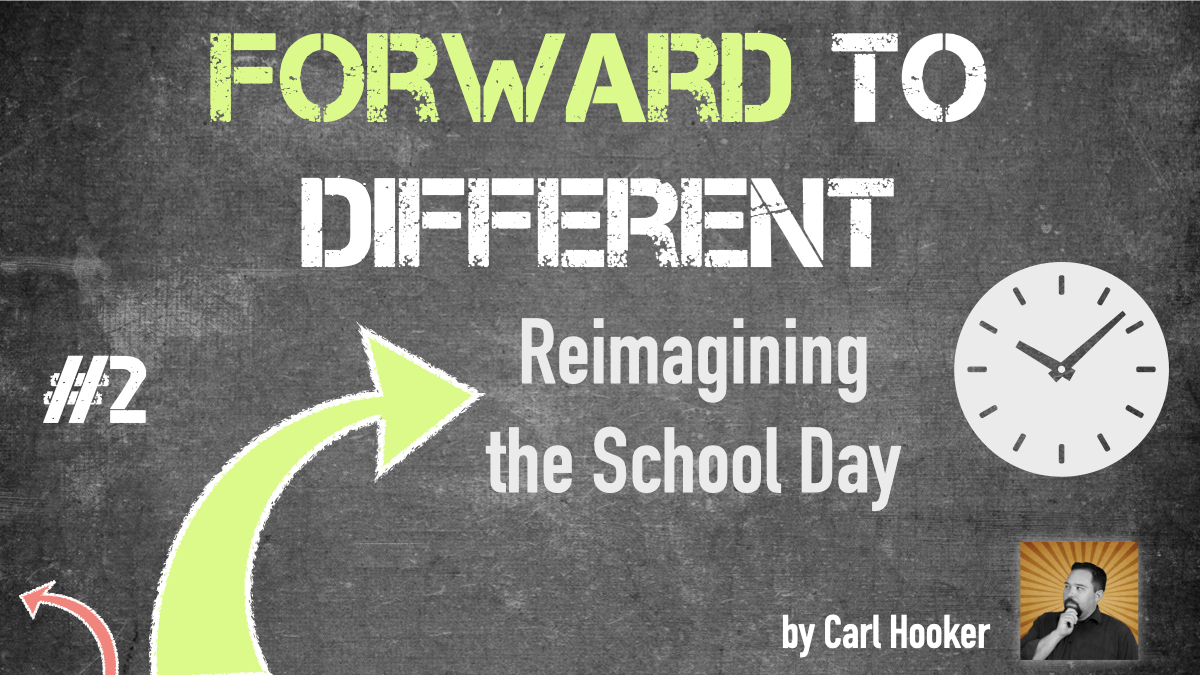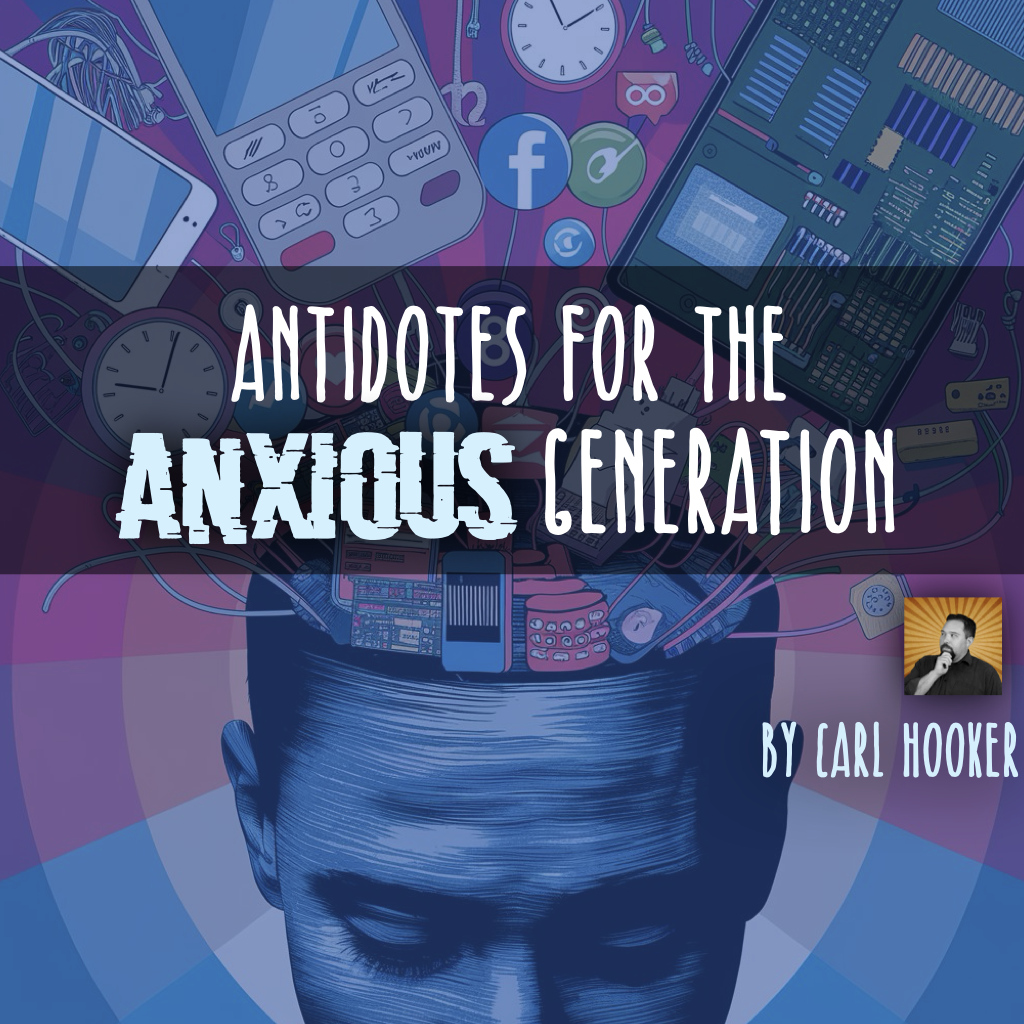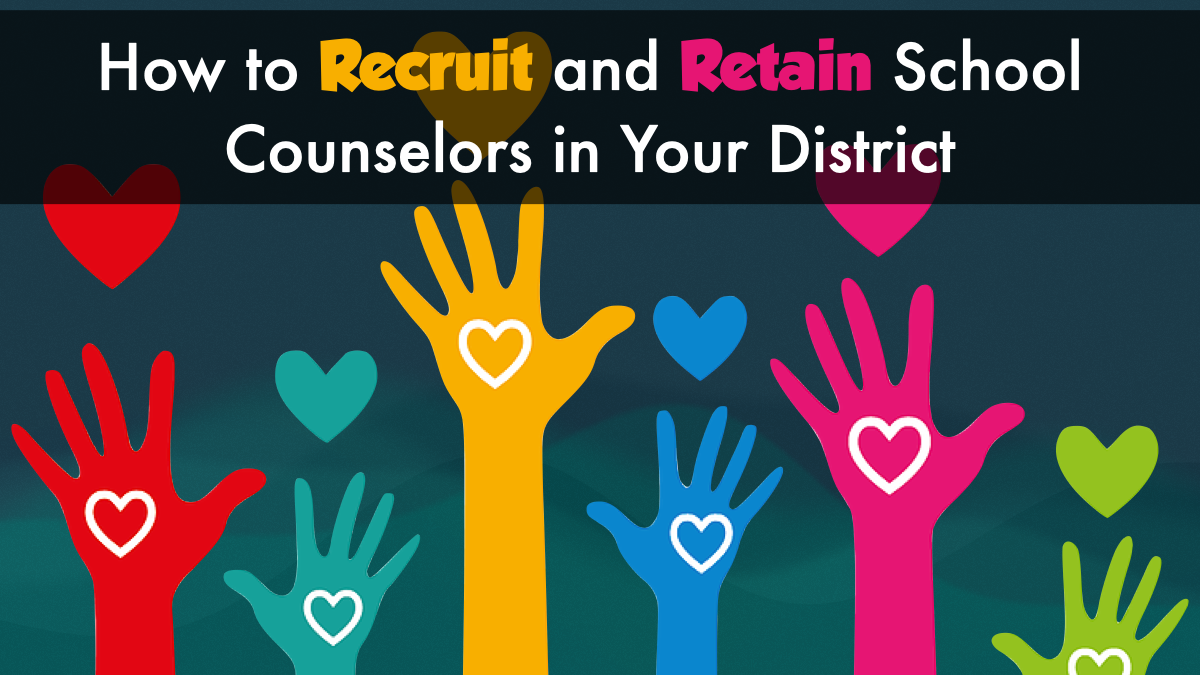Three Things I Wish I Knew about ADHD While I Was Still Teaching

Three Things I Wish I Knew about ADHD While I Was Still Teaching
October is ADHD Awareness Month and according to ADDitude Magazine, a leading resource on all things ADHD, just under 14% of adolescents are diagnosed with ADHD. So I did some quick math and figured out that out of the roughly 2,000 adolescents who have sat in my classrooms over my career, about 250 of them were diagnosed with ADHD. It wasn’t until I recently experienced for myself just how all-consuming ADHD is that I couldn’t help but worry that I had contributed to my students’ struggles out of a sheer misunderstanding of what ADHD is and how it affects individuals. I also couldn’t help but wonder how I would have changed my classroom culture and instruction if I knew then what I know now.
This post could have easily been titled “Three Hundred Things I Wish I Knew…” but I’m fairly sure there’s a character limit, so here are my top three.
1) Kids with ADHD have an interest-based nervous system. They physically cannot control their brain to focus on command because of their brain’s wiring NOT because of lack of desire, disrespect, or laziness.
Perhaps my favorite informative quote I’ve come across while researching ADHD is this one: Attention deficit is a misnomer. ADHD doesn’t deplete attention. It scatters attention unevenly, and activates focus only under certain circumstances. How many times have teachers of students with ADHD thought or said “Well, if he can focus on video games or soccer practice, then he can focus in my class.” I admit to being guilty of having that thought more than once. How can a child who sits for hours building complicated Lego projects and following pages of step by step directions not be able to focus long enough to brush their teeth?!
This inability to focus, the hallmark of ADHD symptoms, is due to an interest-based nervous system rather than the priority-based nervous system of neurotypical brains. Helping a student with an interest-based nervous system focus in class won’t happen with threats, but could happen by creating a competition around your content or allowing the student to explore an area of your content that they are genuinely interested in. The simple switch in understanding from “this child won’t focus” to “this child can’t focus right now” would have completely changed the way I interacted with my ADHD students.
2) ADHD looks different in everyone.
ADHD is complex. It manifests itself differently in every person so the inattentive student with their head on the desk and the hyperactive student doing laps around the classroom may both have an ADHD diagnosis. This is why it’s important to ask questions about the individual student’s symptoms and behaviors. Beyond reading the required accommodations on the 504 or intervention plan, I regrettably admit to never seeking out extra information as much as I could have and should have about the specific diagnosis and what works best for that particular kid. It turns out that something as simple as chewing gum can positively impact concentration. Had I known this was an effective, albeit lesser known, intervention while in the classroom, I would have doled out pieces of chewing gum like I did pencils. (Check your school’s policy on gum-chewing before you hand out gum to students! As an alternative, doodling has also been shown to improve concentration.)
Kids know what works and what doesn’t work for them, even young ones. If teachers had one-on-one, frank conversations with their ADHD learners about what works best, they would not only learn how to better accommodate that child, but they’d also show the student that they cared which goes a loooong way with kids. The 504 plan and intervention plans are a good (and required) place to start, but conversations with individual students and parents may yield greater results and I only wish I had had more conversations when I had the chance.
3) So many of the interventions and accommodations for ADHD would benefit ALL kids!
About 6 million children in the US have an ADHD diagnosis, but what about those that go undiagnosed? Getting a medical diagnosis and certain treatments that require a medical diagnosis is a complicated, lengthy, expensive, time-consuming, often frustrating process. Many children will go undiagnosed because of this and therefore lose out on potentially life-changing academic and behavioral services. Pair this with the uptick in child and adolescent anxiety and depression, hormonal changes in adolescents, and the general drama that exists in school and you can start to see how all students could benefit from a widespread change in classroom culture and instruction.
Knowing this while still in the classroom would have motivated me to change the layout of my classroom from pin-straight rows of desks to flexible seating, incorporating frequent brain and body breaks into daily routines instead of bell-to-bell instruction, allowing students to design their own learning experiences to focus on areas of the curriculum that most interested them instead of one size fits all…the list could go on and on.
Students with ADHD have so much to offer: they are among the most creative, emotionally intelligent, thoughtful, introspective kids in your class, yet many struggle to thrive in the typical, overly-regimented environment that many schools rely on for safety and order. It’s time for schools and teachers to widen their thinking so that ALL students are able to thrive and that starts with learning more about ADHD.
Recommend0 recommendationsPublished in Leadership Voices






Responses